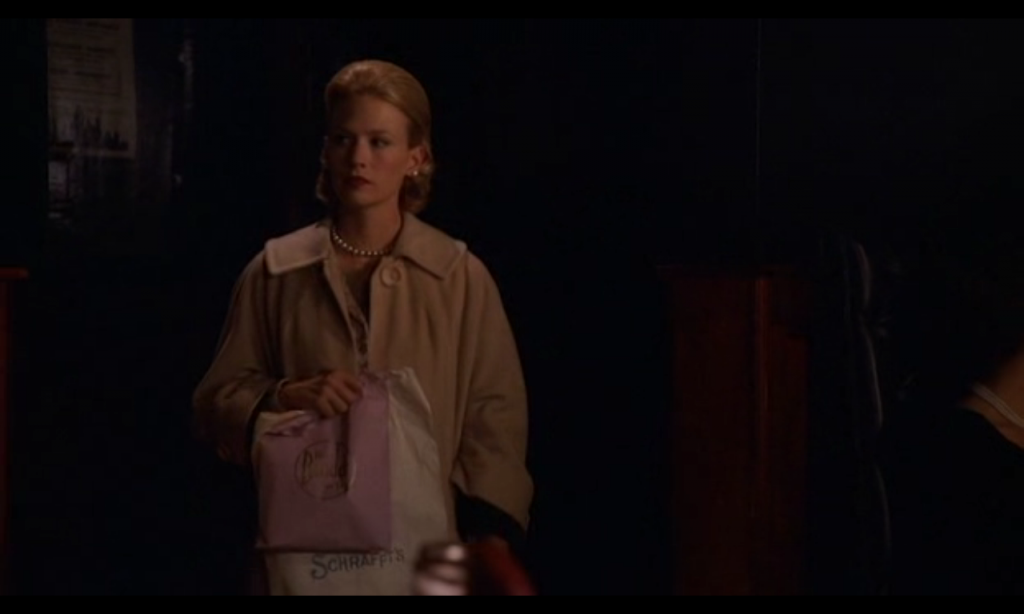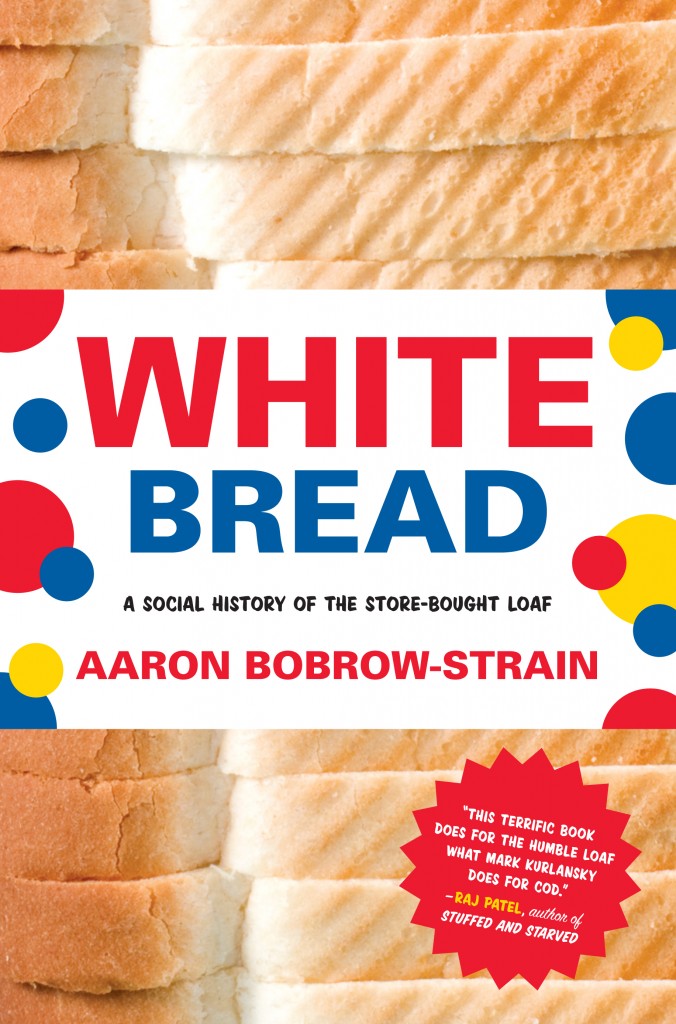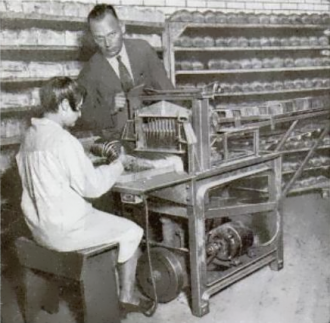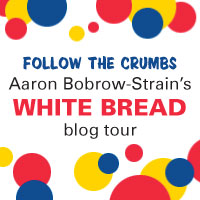I’ve got a talk coming up on Tuesday, April 2nd at the Lower East Side Tenement Museum. Â It’s FREE and there will be cookies–Lebkuchen, to be precise. (rsvp HERE)
Lebkuchen are tradition German spice cookies and I made them because the talk on Tuesday will focus on the Tenement Museum’s new tour Shop Life, which features a recreation of an 1860s German beer hall and the tenement kitchen of the family who ran it.
If you would like to find out more about the talk, and see how lebkuchen are made (hint: kirschwasser, candied citron, 2 oz of cinnamon…and more) watch the video belo! Â The video is introduced by Dr. Annie Polland, VP of Education at the Museum, and my bit starts at two minutes in.
Lebkkuchen
From The Practical Cook Book by Henriette Davidis, 1897 (American Edition. Original German version was printed in the 1840s)
2 cups honey
1 1/3 pounds brown sugar
1/2 pound slivered almonds
1/2 pound candied citron (or candied lemon)
1/2 pound candied orange peel
Zest of two lemons
2 ounces ground cinnamon
1/4 ounce ground cloves
2 teaspoons ground mace
1 1/2 teaspoons baking powder
1/2 cup kirschwasser
2 teaspoons baking powder
2 3/4 lbs flour
1. In a large saucepan, combine honey and brown sugar. Â Heat over medium, stirring occasionally, until it begins to bubble and rise to the top of the pan. Â Add almonds and allow to cook for five minutes.
2. Remove from heat.  Add candied fruits, lemon zest and spices, stirring to combine after each addition.  Add kirschwasser, then baking powder, and mix to combine thoroughly.  Gradually add flour until the dough is thick but not crumbly.  You won’t use all of the flour.
3. Â At this stage, the dough should still be slightly warm. Â Either press dough into a shallow baking pan, or roll out on a heavily floured board 1/4 inch think. Â Cut into long strips, about as wide as a biscotti, and place on a baking sheet. Â Allow to sit out overnight.
4. Â If you are baking the lebkuchen in a pan, bake for one hour at 350 degrees. Â If you have rolled them thin, then 30 minutes at the same temperature will do. Â Cut into sqaures immediately after they are removed from the oven.
***
Good lebkuchen are supposed to sit around for a couple months after you make them.  Even in modern recipes, there are often family traditions of letting them get stale before consumption.  These lebkuchen are not only great fresh, but perfect with a cup of coffee.
 Masters of Social Gastronomy: The Flavor Battles!
Masters of Social Gastronomy: The Flavor Battles!



 Buzzard Sunday
Buzzard Sunday